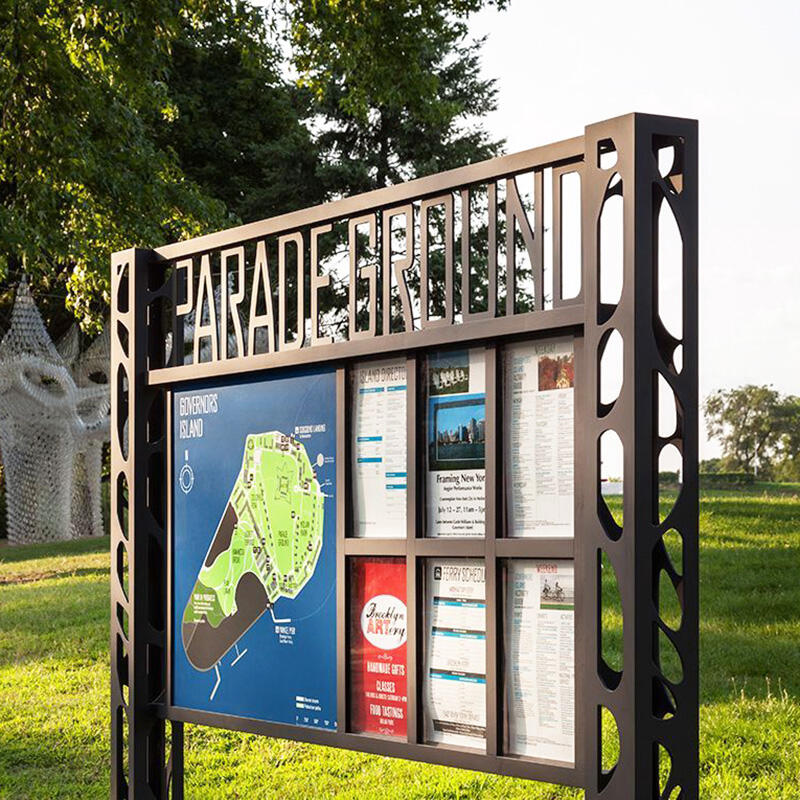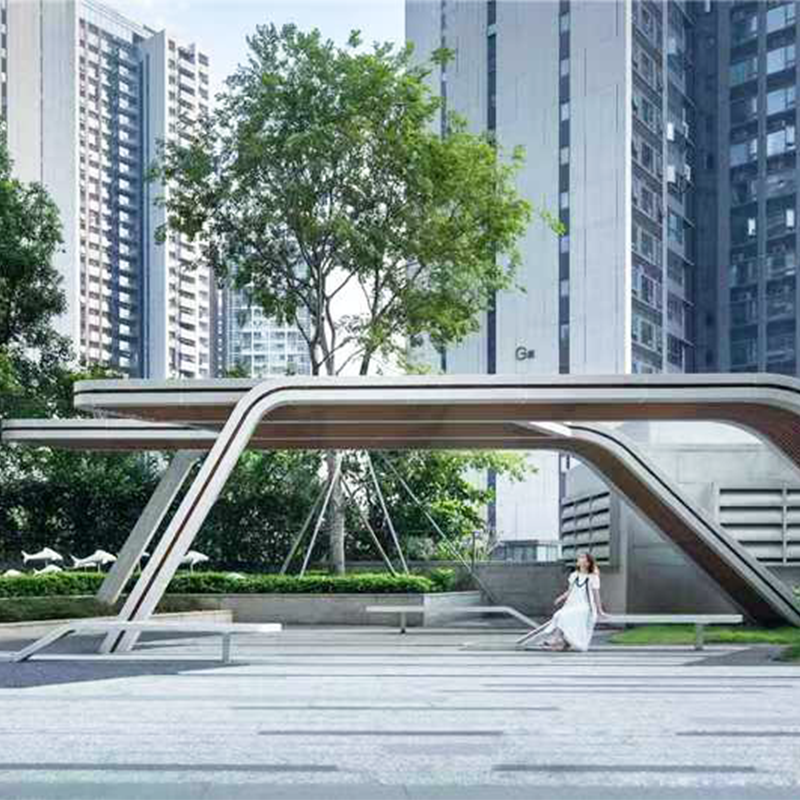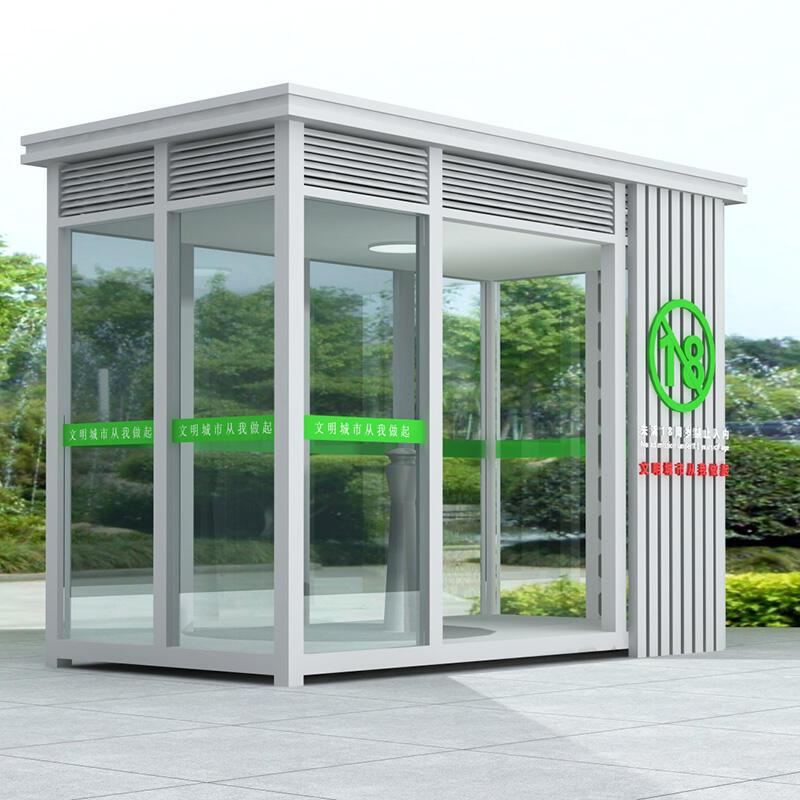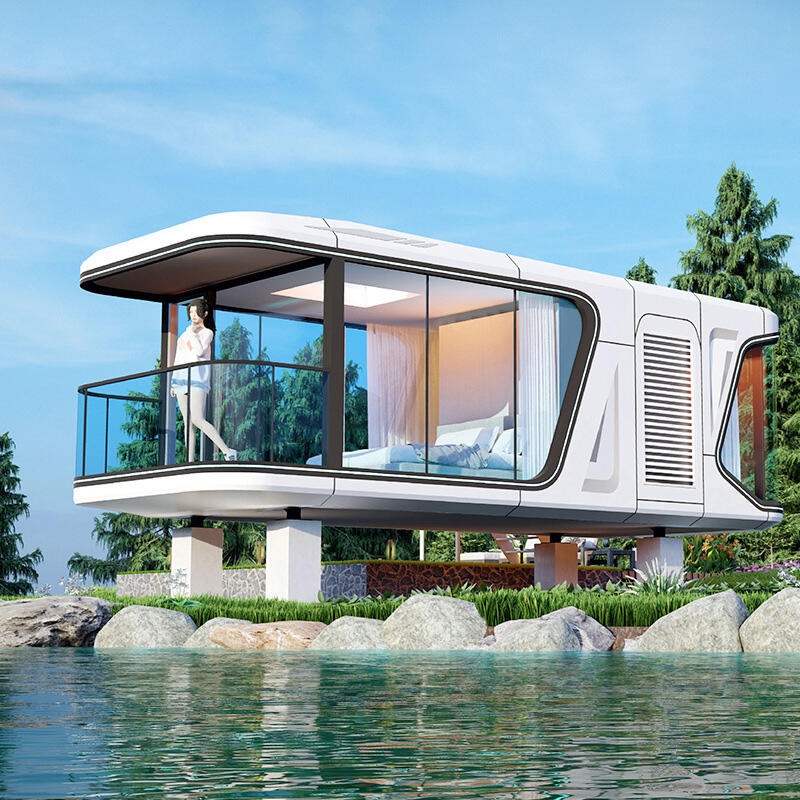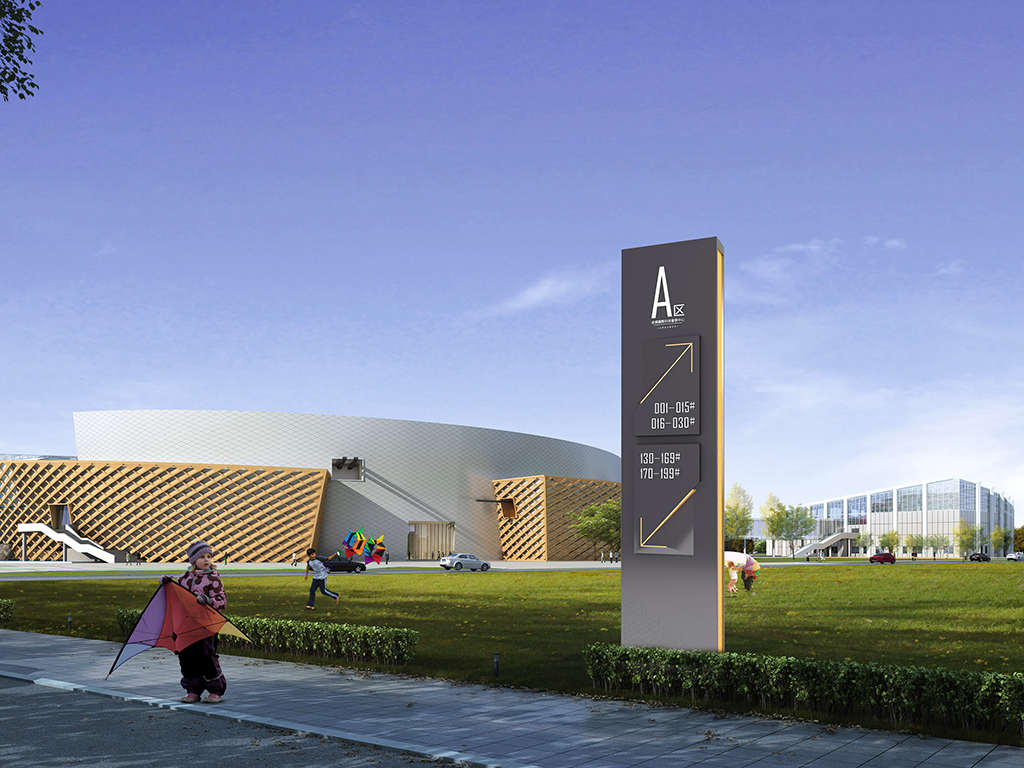The Importance of Climate-Adaptive Bus Shelter Design
Climate-adaptive designs for public facilities, especially bus shelters, are increasingly important in enhancing user comfort and safety during extreme weather events. By investing in such adaptations, cities can foster increased public transportation usage, potentially leading to a significant reduction in vehicular emissions. Providing comfortable and safe shelters during harsh weather conditions can encourage more people to choose public transit over personal vehicles, thereby contributing toward environmental sustainability.
However, failing to adapt bus shelters to ever-changing climatic conditions can adversely affect user experience and satisfaction, often resulting in decreased ridership. Studies indicate that adverse weather conditions significantly impact public transit usage, with inclement weather discouraging commuters from using bus services. Ensuring that bus shelters are equipped to handle extreme weather can prevent such a decline in ridership and enhance overall satisfaction among daily commuters.
Understanding the impact of climate on public transportation infrastructure involves considering regional climate patterns. For instance, areas prone to heavy rainfall necessitate bus shelters with superior waterproofing and rain protection features, while regions experiencing high temperatures demand shelters providing ample shade and ventilation. By aligning bus shelter designs with local climate conditions, cities can offer more effective protection to their commuters and increase their transit usage.
In summary, climate-adaptive bus shelter design not only improves the comfort and safety of users but also plays a pivotal role in increasing public transportation usage while contributing to a reduction in traffic-related emissions. By considering local weather patterns in the planning and design of these shelters, municipalities can address both immediate commuter needs and long-term environmental goals. This strategic alignment of public facilities with climatic needs ensures that cities are prepared to face the challenges posed by global climate change.
Key Design Considerations for Different Climates
Materials for Extreme Weather Resistance
Selecting suitable materials is crucial for building bus shelters that can endure varying climate conditions. For instance, in humid climates, materials must be highly rust-resistant; aluminum is an excellent choice due to its natural resistance to corrosion and lower maintenance needs. In contrast, desert conditions require materials capable of withstanding significant temperature fluctuations. Here, UV-resistant coatings become vital, protecting surfaces from harmful solar radiation and ensuring longevity. Using fiberglass or treated wood enhances durability while reducing long-term maintenance costs, making these materials particularly valuable for public facilities.
Roofing Styles and Their Role in Climate Adaptation
The design of a bus shelter's roof significantly influences its performance in different climatic zones. Flat roofs, while modern, tend to collect snow and rain, leading to potential structural issues. On the other hand, sloped roofs manage drainage more efficiently, minimizing leaks and reducing the risk of flooding. Additionally, innovative canopy designs can provide necessary shading in hot climates, enhancing passenger comfort. Research supports that effective shading can reduce the ambient temperature by up to 10 degrees, which significantly improves user comfort and satisfaction with public transportation facilities.
Ventilation and Airflow in Hot Climates
Incorporating effective ventilation systems is essential for bus shelters located in hot climates. Adequate airflow not only reduces heat accumulation but also improves the overall comfort level of waiting areas during peak temperatures. Implementing louvered openings or strategically positioned vents can facilitate natural airflow, providing substantial relief from heat. Studies highlight that well-designed airflow systems can lead to a noticeable reduction in ambient temperatures, thereby enhancing the utility and appeal of bus stops in urban areas where air circulation is a growing concern.
Innovative Features for Climate-Resilient Bus Shelters
Smart Technology Integration for Real-Time Weather Updates
Integrating smart technology into bus shelters provides real-time weather updates, enhancing commuter planning and experience. For instance, digital screens displaying current temperatures and weather alerts allow travelers to make informed decisions, improving their overall journey. Moreover, these shelters can include sensors that monitor environmental conditions, offering valuable data to city planners. This data helps in refining shelter designs and functionalities, optimizing them for actual needs and usage patterns. Such technologies align with modern urban planning, bringing about a fusion between public facilities and digital innovation.
Shade Structures and Their Effectiveness in Reducing Heat
In scorching climates, shade structures such as awnings and trellises significantly enhance passenger comfort. Studies have demonstrated that these shaded areas can reduce temperatures by more than 20 degrees Fahrenheit compared to unshaded areas, crucially elevating the user experience in hot regions. Beyond their functional role, these structures also contribute to the aesthetic appeal of urban environments. They can feature urban art, adding a visual element to public spaces while providing necessary sun protection, thereby showcasing a dual purpose of utility and beautification.
Drainage Systems for Rainy and Snowy Climates
Effective drainage systems in bus shelters are crucial for ensuring accessibility during heavy rainfall or snowfall. Designing shelters with integrated drainage capabilities can prevent flooding, which often disrupts service and deters usage. Research has shown that well-designed drainage systems not only maintain service continuity during adverse weather but also reduce maintenance costs and extend the overall lifespan of the infrastructure. This approach to water management in bus shelters prevents wear and tear, safeguarding the integrity of public transportation facilities against climatic adversities like rain and snow.
Case Studies: Successful Climate-Adaptive Bus Shelters
Los Angeles' STAP Program: A Model for Heat Adaptation
The Los Angeles STAP (Sustainable Transit Access Program) serves as a prime example of integrating climate adaptation into public transport design. This program strategically incorporates reflective materials and large overhangs to significantly reduce heat gain, making bus shelters more comfortable for commuters. By focusing on user comfort and sustainability, the program has managed to enhance ridership. Post-implementation analyses reveal positive usage trends, highlighting how comfort upgrades can lead to increased public transit adoption. This approach not only addresses immediate heat challenges but also exemplifies sustainable urban planning.
Sweden's Station of Being: A Cold Climate Solution
Sweden’s Station of Being illustrates innovative design approaches for cold climates, integrating heating solutions powered by sustainable energy sources. This shelter not only keeps commuters warm but also maintains energy efficiency, demonstrating a balance between user comfort and environmental responsibility. Research indicates that during the harsh winter months, user satisfaction has increased, which correlates with a rise in public transit utilization. The Station of Being underscores the importance of climate-specific adaptations and paves the way for future climate-responsive public infrastructure.
Houston's Efforts to Combat Extreme Heat at Bus Stops
Houston has initiated various strategies to mitigate extreme heat at bus stops, focusing on cooling stations and incorporating green features to alleviate temperature stress. Studies reveal these interventions effectively decrease heat exposure, fostering a more comfortable waiting environment for passengers. Comparative analyses before and after implementing these strategies indicate a marked improvement in bus stop patronage and user comfort. The efforts in Houston showcase how cities can address heat issues, emphasizing the critical role of adaptive design in enhancing urban public transport facilities.
Future Trends in Bus Shelter Design for Climate Adaptation
The Role of Green Roofs and Urban Greenery
Green roofs and urban greenery are becoming integral features in modern bus shelter design, offering multiple environmental benefits. These installations not only enhance insulation but also contribute to urban biodiversity by attracting various plant and animal species. For instance, cities like Toronto have reported noticeable reductions in surface temperatures, demonstrating the mitigative effects on urban heat islands. Furthermore, research highlights green roofs' role in improving stormwater management, thus aiding sustainable urban development.
Advancements in Sustainable Materials
Innovations in sustainable materials are vital for the development of resilient and eco-friendly bus shelters. Emerging trends indicate a shift towards using recycled and upcycled materials, reducing the overall carbon footprint and enhancing sustainability. For example, shelters constructed from these materials have demonstrated superior energy efficiency, bolstering their environmental friendliness as compared to traditional materials. Such advancements align with urban planning goals of creating more energy-efficient and sustainable infrastructures.
Integrating Renewable Energy Sources
The integration of renewable energy sources marks a promising trend in the future of bus shelter design. By adopting technologies such as solar panels and wind turbines, shelters can become self-sustaining, providing energy for lighting and electronic displays. Case studies reflect significant utility savings and enhanced usability through these innovations. Consequently, renewable energy integration is leading to a transformative shift in urban public transport infrastructure, aligning with broader climate adaptation efforts.


